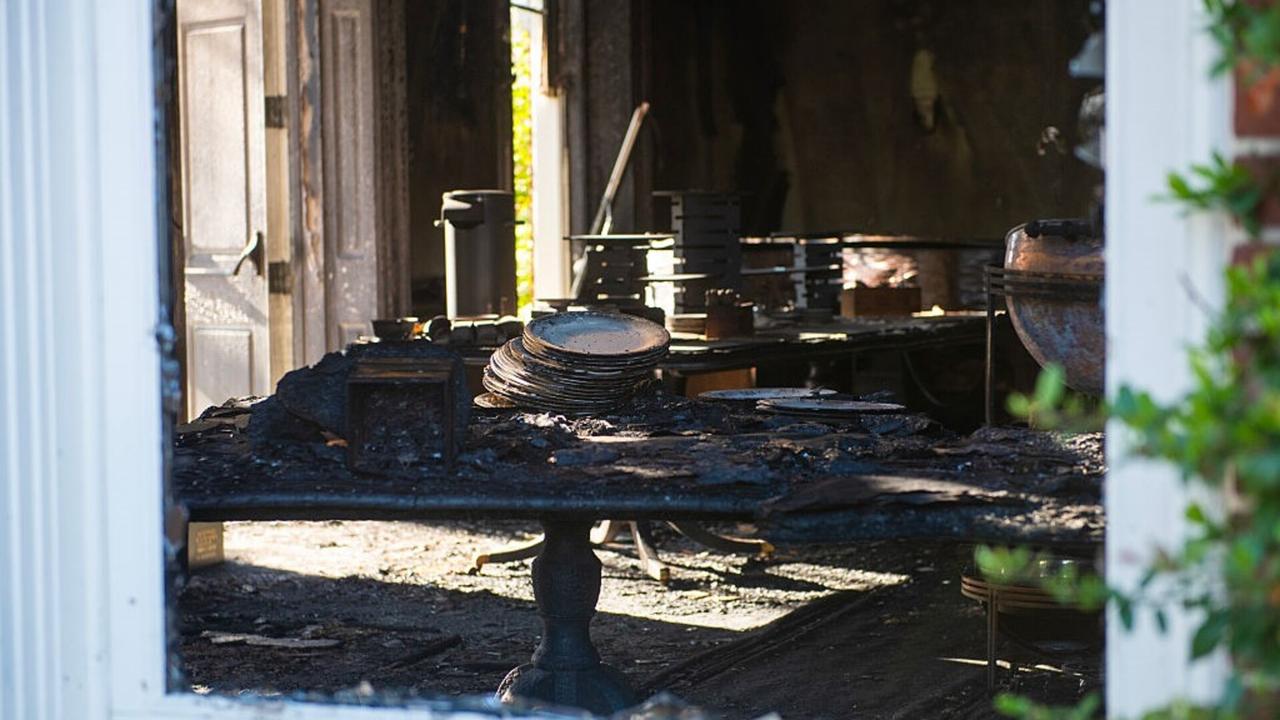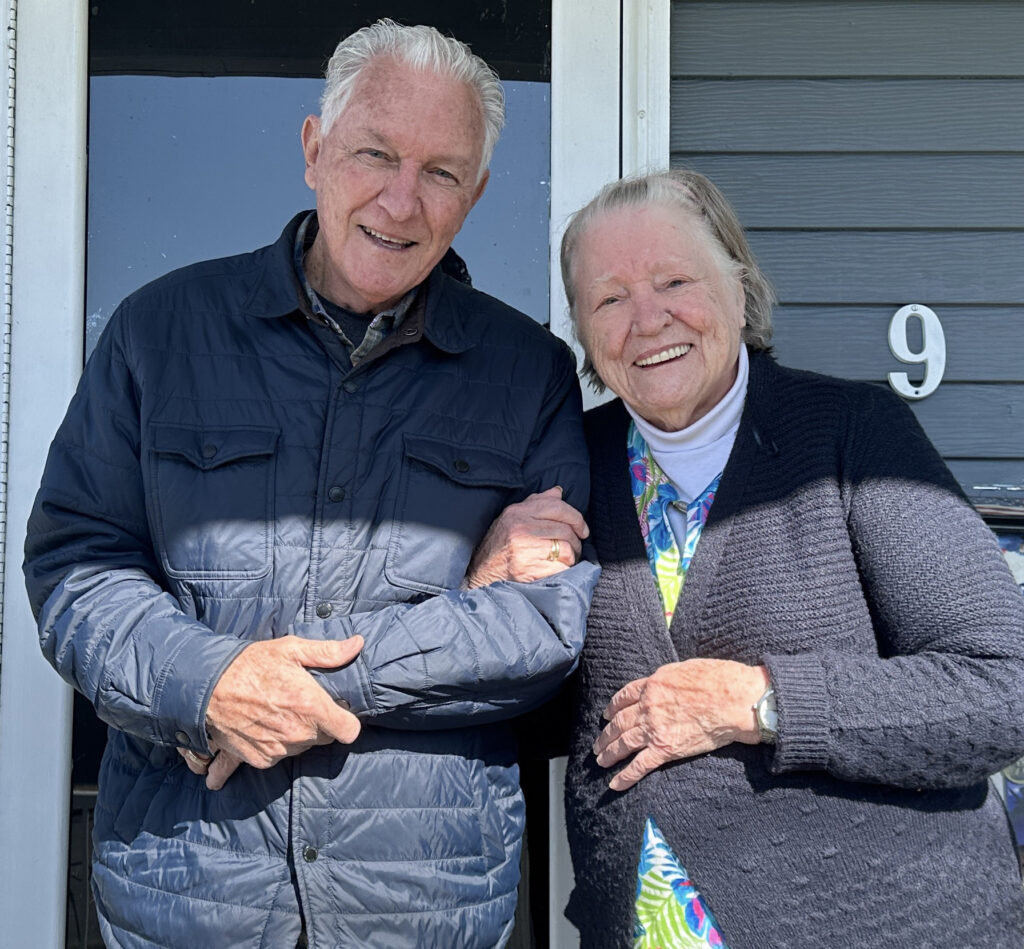Tali Shapiro's Harrowing Escape: Surviving Rodney Alcala At 8 Years Old
Can the innocence of childhood truly be shattered in an instant? For Tali Shapiro, the answer is a chilling, undeniable yes, as her life was irrevocably altered by a chance encounter with serial killer Rodney Alcala at the tender age of eight.
The year was 1968. A warm September morning, a little girl in a white dress and Mary Janes, skipping towards school, seemingly oblivious to the darkness that lurked just beyond her perception. Tali Shapiro's day, like any other, began with the simple joy of childhood. The sun shone brightly, the air was crisp, and the world, for her, was a place of boundless possibilities. Then, the unthinkable happened.
| Category | Details |
|---|---|
| Full Name | Tali Shapiro |
| Age (as of article writing) | 65 |
| Date of Incident | September 25, 1968 |
| Location of Incident | Los Angeles, California (specifically near Sunset Boulevard, Hollywood) |
| Description of Incident | Shapiro, then eight years old, was lured into a car by Rodney Alcala. She was subsequently raped and nearly killed. |
| Current Residence | Palm Springs, California |
| Survivor | Yes, Shapiro survived the attack. |
| Other Victims | Morgan Rowan (attacked by Alcala weeks before) |
| Notable Testimony | Shapiro testified against Alcala, contributing to his death sentence. |
| Media Appearances | Appeared on NewsNation's "Banfield" and the "20/20" episode. |
| Impact of the Crime | Endured violence and sexual abuse, experienced a coma after the assault, and faced life-long trauma. |
| Legal Actions | Alcala was arrested in 1979 and sentenced to death in California for multiple murders. |
| Additional Detail | Shapiro was walking to school in Los Angeles. |
| Reference | NewsNation Article |
On that fateful morning of September 25, 1968, Tali Shapiro, then just a second-grader, was walking to school in Los Angeles. She was wearing a white dress, a garment her nanny had lovingly crocheted for her, and the simple act of walking to school became a gateway to a nightmare. As she strolled along Hollywood's Sunset Boulevard, a car pulled up beside her. A stranger, Rodney Alcala, leaned out the window and offered her a ride.
I don't talk to strangers, Shapiro would later recall telling him. Alcala, in a move that would soon reveal his calculated manipulation, responded that he knew her parents. This familiar touch, this attempt to create a bridge of trust, was enough to lure an unsuspecting eight-year-old girl.
The consequences were devastating. Alcala attacked Shapiro, leaving her for dead. Fortunately, a passerby intervened, saving her life. The physical wounds healed, but the emotional scars remained, etched deep into her psyche. Shapiro was left in a coma for over a month. She has no recollection of the day of the attack.
The case against Alcala was complex, fraught with challenges. Because Shapiro's parents relocated the family to Mexico, she was not able to testify in court. Alcala was initially only charged with child molestation, a lesser charge, and sentenced to three years.
This incident was not an isolated event. It was the beginning of a pattern of predatory behavior that would span decades. Rodney Alcala, a man whose charm masked a chilling darkness, had already begun his reign of terror. Weeks beforehand, Alcala had attacked Morgan Rowan, who was sixteen years old. Alcala was eventually arrested in 1979.
The details of the attack are difficult to read. Shapiro, a child, was subjected to violence and sexual abuse. The sunny day, the white dress, the innocent expectation of school all were brutally violated. The idyllic image of a young girl skipping along the street was shattered, replaced by the stark reality of Alcalas cruelty. The memory of the event still haunts Shapiro, now a woman in her sixties, who continues to grapple with the trauma of that day.
Shapiro's story is a testament to the enduring power of the human spirit. Despite the horrors she endured, she survived. She found the courage to testify against Alcala, contributing to his death sentence. Her voice, once silenced by fear and trauma, became a beacon of hope for other victims and a resounding indictment of the evil that exists in the world.
Rodney Alcala was no ordinary criminal; he was a serial killer. His ability to blend in, to appear normal, made him all the more dangerous. He gained notoriety not only for his crimes but also for his appearance on the television show, "The Dating Game." The contrast between his public persona and the darkness of his actions is jarring, a stark reminder of the duplicity that can lie beneath a seemingly harmless exterior.
The case also highlights the complexities of the legal system. The initial conviction on lesser charges and Alcalas subsequent parole allowed him to continue his predatory activities. It wasn't until 1979 that the full extent of his crimes, including multiple murders, was revealed. The legal system, in many ways, failed Tali Shapiro and the other victims of Alcala's heinous acts.
The impact of Alcalas crimes extends beyond the immediate victims. It has left a mark on the community, prompting conversations about child safety, predatory behavior, and the importance of vigilance. Shapiro's story is a reminder of the vulnerability of children and the need to protect them from those who would do them harm.
The memory of the morning is seared into the collective memory of the victims and their families. It serves as a chilling reminder of the capacity for evil that exists in the world. Tali Shapiro's account, as painful as it is to hear, is an essential part of the narrative. It underscores the long-term effects of the assault. And, most importantly, it emphasizes the cruciality of surviving. It underscores the long-term effects of the assault.
The story of Tali Shapiro and Rodney Alcala is more than just a true crime story; its a story of survival, resilience, and the enduring human spirit. Its a story that demands our attention, urging us to remember the victims, to learn from the past, and to work towards a future where such horrors are eradicated.


